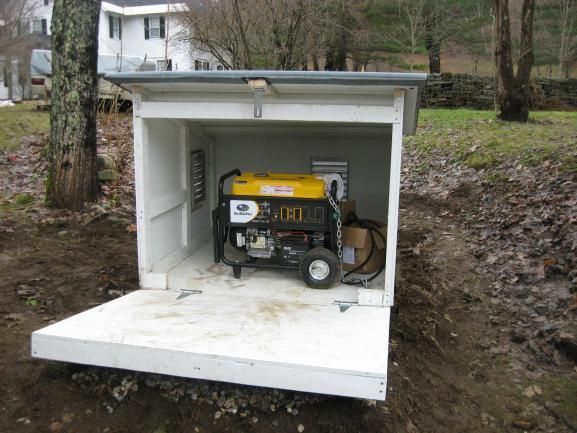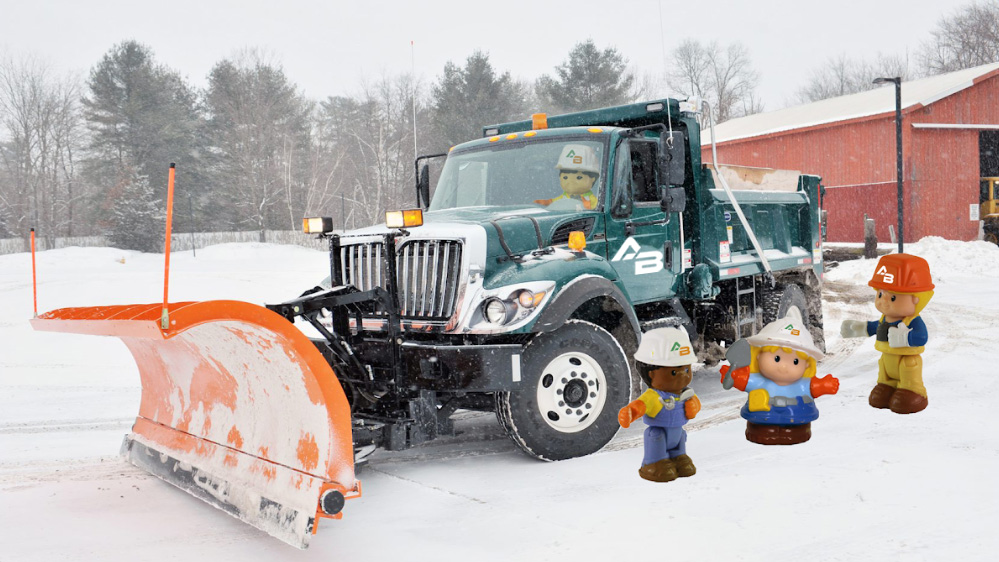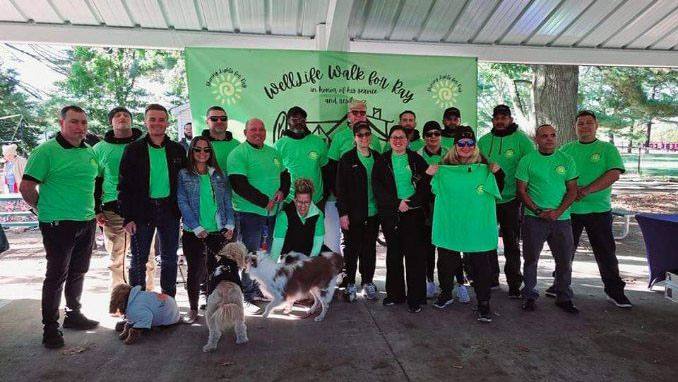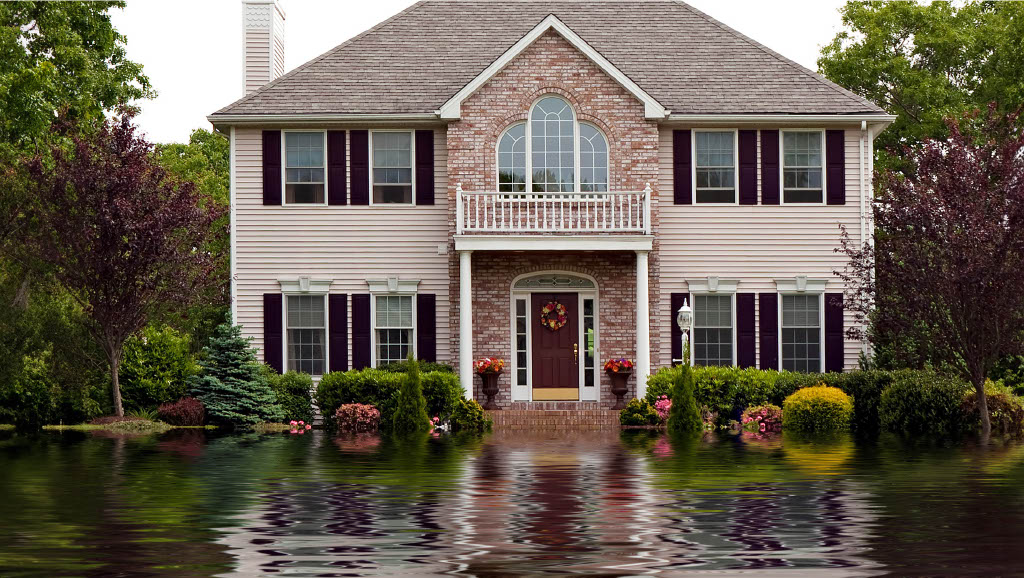Safety Guidelines for Fire Prevention This Winter

Photo: Gabor Tinz/Shutterstock.com
Wood-Burning Appliances
- Before firing up a wood stove or fireplace, have the chimney inspected annually and cleaned.
- Keep flammable objects at least three feet from a wood stove or fireplace.
- Never use flammable liquids to start or accelerate a fire in a fireplace or wood stove.
- Keep a glass or metal screen in front of a fireplace to prevent embers or sparks from flying out into the surrounding area.
- Never use excessive amounts of paper to overbuild a fire in fireplaces. That may ignite the creosote in the chimney.
- Make sure your fireplace fire is out before going to sleep.
- Before closing your fireplace damper, ensure the ashes are cool. Closing the damper will help the fire to heat up again and will force carbon monoxide into your home.
- If you use synthetic logs, follow the directions on the package. Use only one synthetic log at a time and never break one apart to quicken the fire.
- Discard cooled ashes in a tightly covered metal container. Store the container outside and away from the house.
Gas Furnace
- Have your furnace inspected to ensure that it’s in good working condition.
- Inspect the walls and ceiling near the furnace and along the chimney line. If the wall is hot or discolored, install additional pipe insulation.
- Check the flue pipe for holes and cracks. Soot along or around seams may signal a leak.
- Keep combustible items away from the heating systems.

Other Fire Safety Tips
- Keep portable generators outside, away from windows, and as far away as possible from your home to prevent carbon monoxide build-up.
- Never use a range or an oven for heating. Not only is it a safety hazard, but it can also be a source of carbon monoxide.
- If you use electric heaters, plug only one heater into a wall outlet at a time to avoid overloading the circuit.
- Avoid using electric heaters in bathrooms or other areas where water is frequently used.
- Regularly plan and practice your fire escape plan with your family. Establish two exits in each room.
- Use emergency escape ladders to exit through windows in case the primary escape route is blocked.
- If there is a fire hydrant near your home, keep it clear of snow to help the fire department locate it in case of a fire.
recent posts

When The Snow Falls.. You Will Be Ready with All-Boro!
A fresh snowfall can be a beautiful sight, but for a business owner, it requires immediate action. When a storm hits, sidewalks and parking lots must be made safe for employees, customers, and suppliers as soon as possible. By having early snow removal, you are not...

Honoring a Legacy: All-Boro Participates in the Ray Morell Memorial 3K Run/Walk
The All-Boro team participated in the Ray Morell Memorial 3K Run/Walk to honor the memory of Ray, a cherished former Director of Facilities at WellLife Network.

After the Storm: Navigating Water Damage Restoration with All Boro
Many homes and businesses are facing the urgent challenge of water damage. Whether your property was affected by a storm or you're dealing with other flooding issues, the consequences can be severe. Whether your business or home is located by water or on low...
